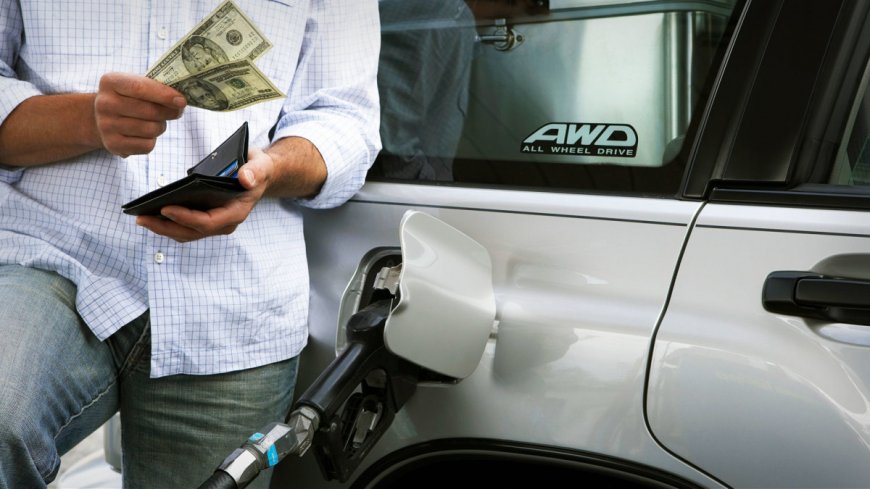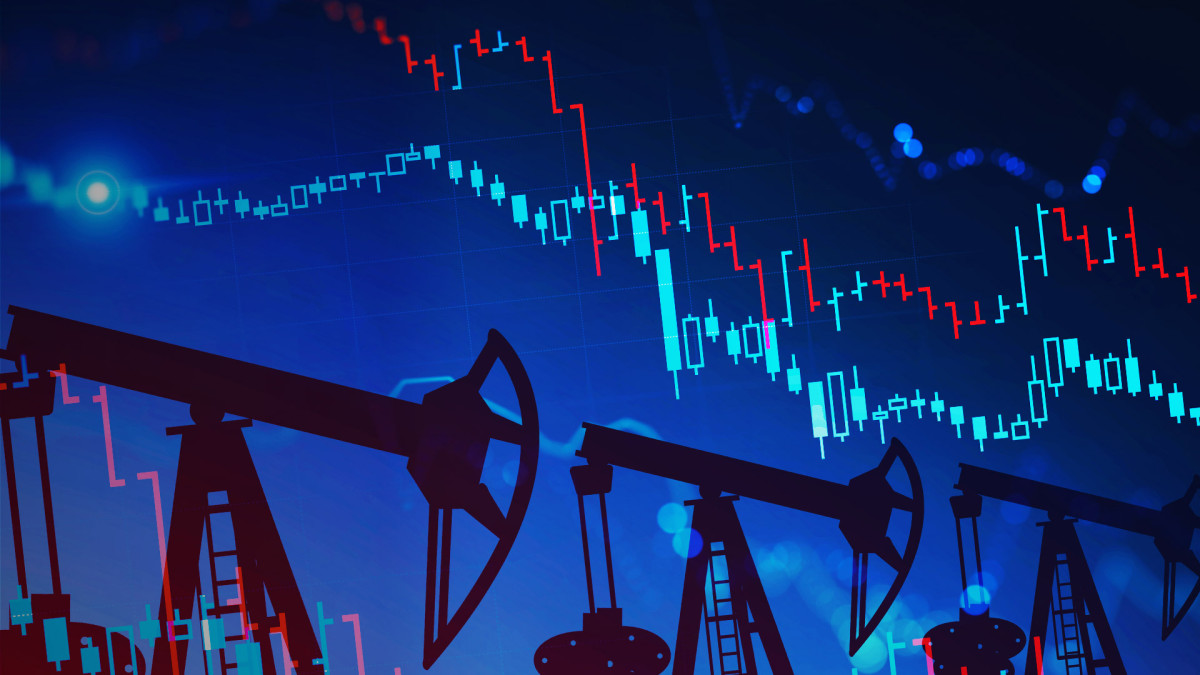Why haven't gasoline prices started to rise yet?
Gasoline and crude oil prices have seasonal patterns every year. So far, 2024's prices are breaking the trends but maybe not for too long.

For the last three years, rising crude oil prices have forced consumers to absorb higher prices at the gas pump or to heat their homes.
The gains were mostly due to the seasonal patterns plus:
- Global crises (Russia's invasion of Ukraine for starters).
- The strains on global supply chains in the initial world-wide recovery from the worst of the Covid-19 pandemic.
Related: Gasoline hits lowest year-end price since 2020
It was just plain hard to ship oil if you couldn't have a fully crewed big tanker handy.
More on crude oil and markets
- Long-time fund manager makes a bold crude oil prediction for 2024
- Oil Stocks to Buy With Market-Beating Dividends
- Can gasoline prices, down 10% from September, keep falling?
The pain on consumers was extreme.
The shock of $5-a-gallon gasoline
In June 2022, according to the American Automobile Association, the U.S. national average retail price of gasoline hit a record $5.016 a gallon.
That was a 63% gain from the end of 2021 and 196% higher than the $1.696-a-gallon low seen in 2015.
That 2022 peak price broke, however. (The AAA price was above $5 for just 7 days.) And the average fell to $3.195 at year-end.
In 2023, the cycle repeated itself, with regular unleaded climbing back to $3.881 a gallon on Sept. 18. From there, the price fell nearly 20% to $3.112 on Dec. 31.
This year, the crude oil hasn't moved much, and neither have gasoline prices. TheStreet
West Texas intermediate, the benchmark U.S. crude, as of Jan. 19, is up about 2% for the month at $73.25 per 42-gallon barrel. Brent crude, the global benchmark, is up 2%.
The AAA price was at $3.078 a gallon on Jan. 21, down 1.1% since Dec. 31.
The reason for the decline is due in part to this being the time of year when oil and gas prices are lower anyway.
And the weather's been so cold there's even less driving than usual, offsetting the normal winter increases in natural gas and fuel oil consumption.
OPEC and the problem of their production quotas
Plus, despite officially enacting production cuts, the Organization of Petroleum Exporting Countries may be having problems enforcing its own production rules.
Angola has quit the cartel because of the cuts. Others are simply ignoring their quotas.
In fact, in 17 cuts agreed to since 1982, Goldman Sachs estimated that OPEC members cut their production by just 60%, The Wall Street Journal reported in December.
“The unfortunate part is we tend to cheat,” Ali al-Naimi, Saudi Arabia’s former oil minister, said of OPEC members at a Washington, D.C., event in December, The Journal reported.
But, even if OPEC members don't abide the rules, they face huge competition from the resurgent North American oil and gas industry and the success of oil fracking techniques.
Complicating the internal OPEC politics are the accidents of geography with major disruption potential:
- The Strait of Hormuz, the outlet for the Persian Gulf, through which much of the world's oil is shipped.
- The Red Sea and the narrow Strait of Bad el Mandeb through which freighter and oil tankers pass on their way to Europe.
Both are hot spots. Iran is always making noises of blocking oil tankers from passing through the Persian Gulf.
In the case of the Red Sea, it is Houthi rebels, allied with Iran, who are firing missiles at freighters and tankers moving into the Red Sea on their way to ports along the Mediterranean Sea and Europe.
Their purported mission is to disrupt global freight traffic to disrupt Israel's bid to destroy the Hamas terror organization.
The United States and Britain have recently began to attack Houthi positions to stop the attacks, and there are fears the Hamas-Israeli conflict will morph into something more dangerous -- with oil prices potentially shooting higher.
The seasonal patterns do matter
Crude oil trading for Monday opened down slightly.
That said, it is pretty much a certainty oil prices and gasoline prices will start to rise, maybe as early as February and certainly by March.
That's because refiners in North America and Europe start to get ready for the summer driving when people hit the road.
Gasoline costs rise (and are passed on to consumers) because refiners substitute in more expensive ingredients to cut down air pollution effects and to prevent nasty things like summer heat causing engine explosions.
At the same time, the oft-predicted demise of the internal combustion in favor of electric vehicles may not occur any time soon.
The economics don't favor them. Yet.
Electric cars are expensive, and sales aren't nearly as robust as automakers, EV supporters, and many consumers might have liked.
While energy stocks may be lower so far this year, they have some attractions. Like dividends and, when prices take off, as they did in 2022, the potential for fantastic price appreciation.
The Energy Select Sector SPDR Fund (XLE) - Get Free Report , which includes the major energy companies, jumped 57.6% in 2022 as crude peaked at $122.11 per barrel in June and boosted profits. The ETF fell 4.1% in 2023 and is off 4.4% so far in January.
Nonetheless, don't kiss off stocks like Chevron (CVX) - Get Free Report, Shell (RYDAF) - Get Free Report, Exxon Mobil (XOM) - Get Free Report or BP (BPAQF) - Get Free Report, battered though they were in 2023 and still struggling. They will have their day again.
How do we know? They're scurrying around buying up smaller companies or oil and natural gas reserves. Like it or not, they'll be needed.
What's Your Reaction?


























































